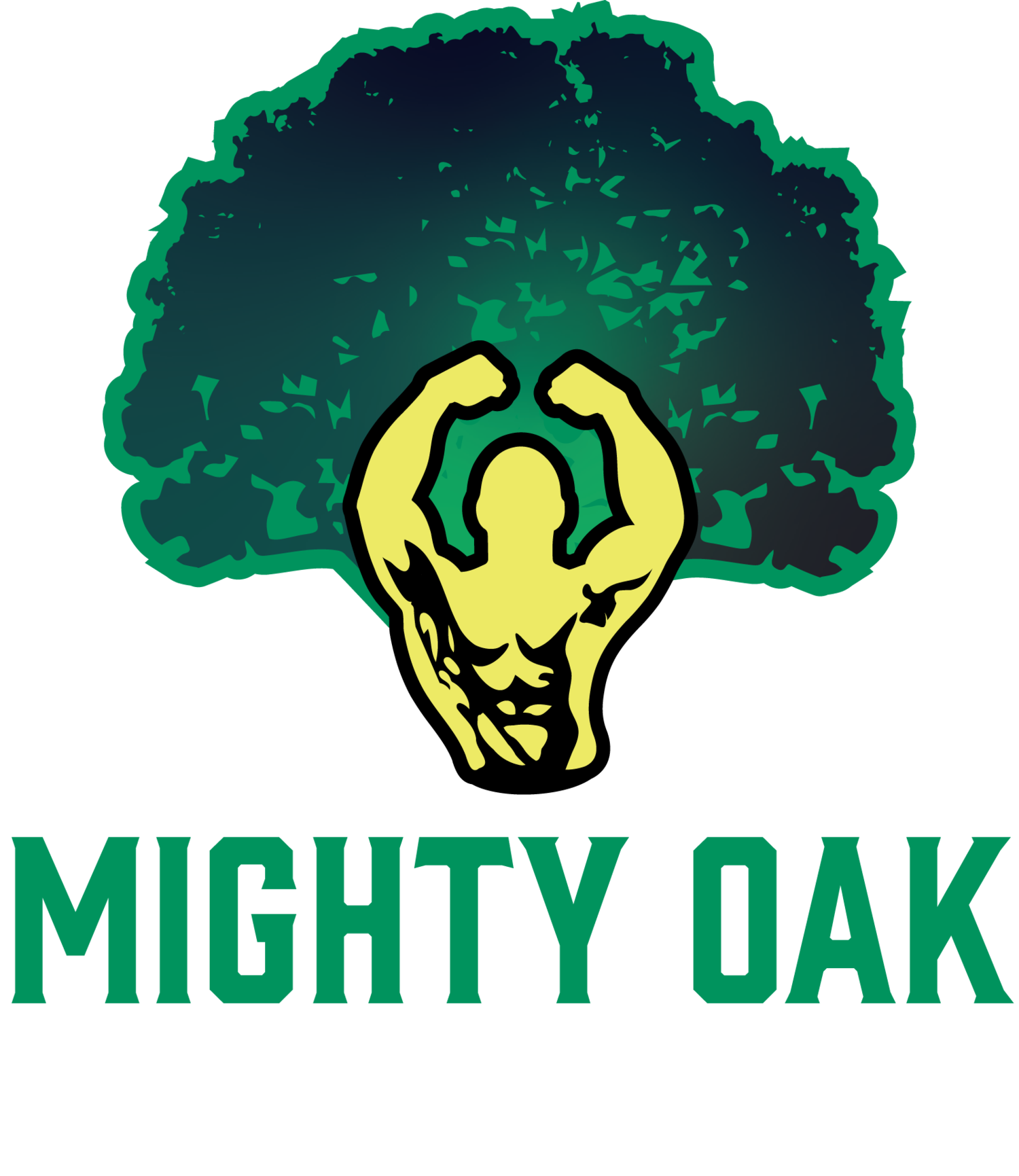How To Enhance Your Athletic Performance Through Weightlifting
Unlocking Sport Performance through Weightlifting
In the realm of physical fitness and athletic prowess, weightlifting stands as a mighty oak - robust, foundational, and encompassing a multitude of strengths. This essay delves into the multifaceted benefits of weightlifting movements and how they enhance sport performance, painting a vivid picture of this discipline as not just an exercise routine, but a cornerstone of athletic development.
1. Ground-Based and Functional Movements
At its core, weightlifting is grounded and functional, mirroring the natural movements found in various sports - from the explosive action in baseball to the dynamic strikes in martial arts. These movements, deeply rooted in the basic athletic actions of lifting, throwing, and jumping, are essential in generating force. This force generation, starting from the feet driving against the ground, lays the foundation for power in a myriad of sports, making weightlifting an integral part of athletic training.
2. Engaging Multiple Joints
Weightlifting is not a simplistic or isolated activity; it's an intricate symphony of muscles across multiple joints working in harmony. This coordination is crucial in sports, where actions like a pitcher’s throw or a golfer’s swing depend on this complex muscle interplay. Weightlifting, therefore, does not just build muscles, but also teaches the body to activate these muscles in a coordinated and efficient manner, essential for peak sport performance.
3. Core Development and Kinesthetic Awareness
Another significant aspect of weightlifting is its role in developing proprioception, or kinesthetic awareness - the athlete's understanding of their body and its position in space. This heightened awareness, coupled with the development of a strong, functional core, is invaluable in sports where balance and precise force application are key.
4. Hypertrophy and Neural Adaptations
Weightlifting transcends mere muscle building; it's a pathway to muscular functionality. The hypertrophy, or muscle growth, experienced by weightlifters is paired with vital neural adaptations. These include improved coordination between and within muscles, enhanced motor unit recruitment, and faster firing rates. Such adaptations ensure that strength gains are not just about muscle size, but about the efficiency and effectiveness of muscle function.
5. Enhanced Flexibility
Contrary to outdated beliefs about weight training leading to reduced flexibility, weightlifting, when performed through a full range of motion, actually enhances flexibility. Weightlifters often exhibit extraordinary flexibility in key areas such as ankles, hips, and shoulders, dispelling the myth of being “muscle-bound” and underscoring the flexibility benefits of weightlifting.
6. Force Attenuation
Finally, weightlifting’s role in teaching force attenuation - the ability to safely and efficiently control heavy weights, whether lifting or catching - is a crucial skill in sports. This ability not only boosts performance but also plays a significant role in injury prevention, a critical aspect for any athlete.
In conclusion, weightlifting is not just about lifting weights; it's a comprehensive training approach that builds strength, power, coordination, flexibility, and much more. Just as a mighty oak provides shelter and sustenance, weightlifting offers a diverse array of benefits, making it a fundamental element in the arsenal of any athlete seeking to excel in their sport. Through proper training and guidance, athletes can unlock these benefits, transforming their performance on the field of play.

